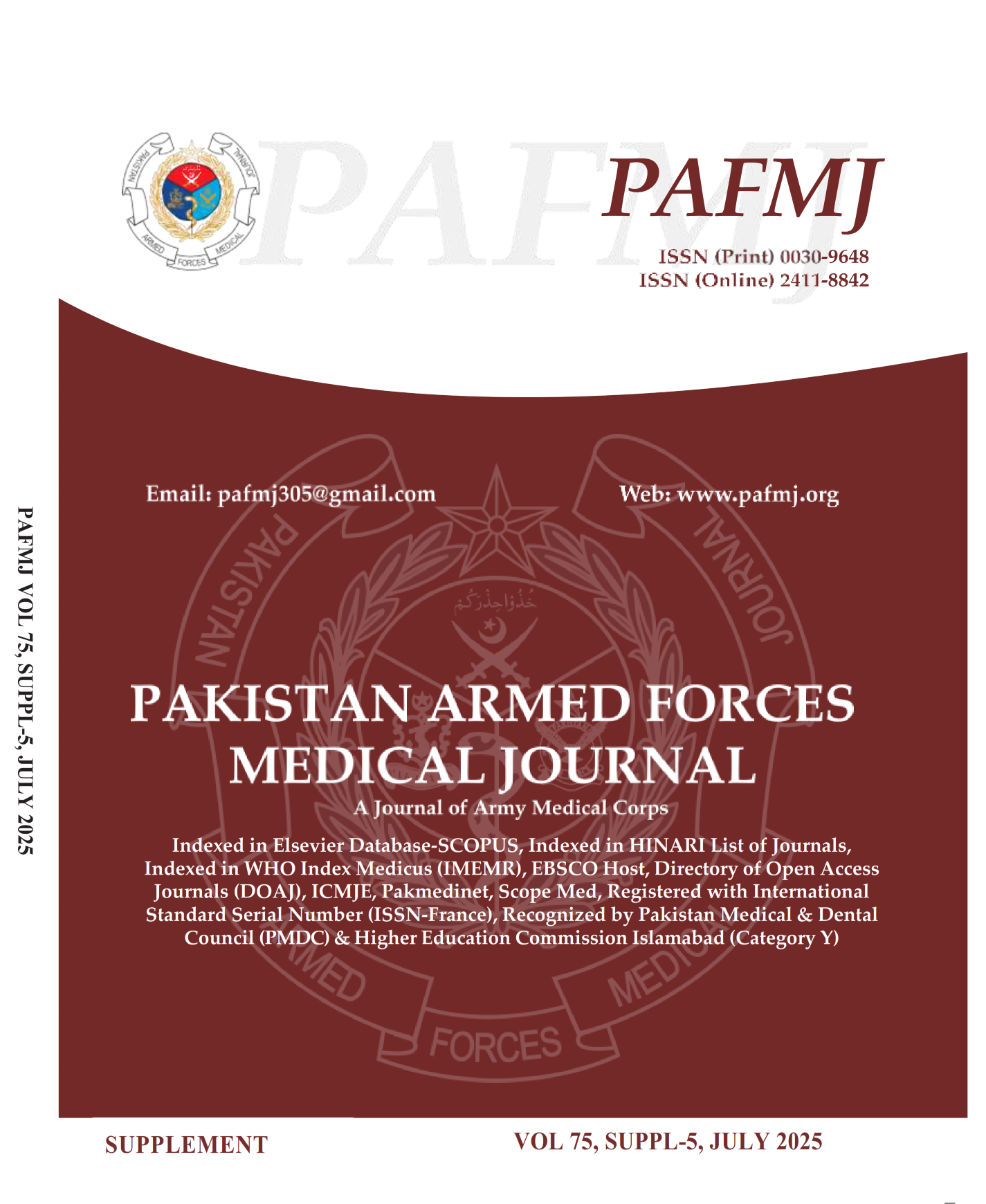New Dimensions of Pelviperineology:: Integral Theory and Nattive Tissue Repair in Pelvic Floor Disorders
DOI:
https://doi.org/10.51253/pafmj.v75iSUPPL-5.13703Abstract
Pelviperineology is evolving rapidly, propelled by ground breaking conceptual frameworks and innovative surgical techniques that reshape our understanding and management of pelvic floor disorders. Among these, the Integral Theory— pioneered by Professor Peter Petros—stands out as a transformative paradigm that offers a comprehensive, biomechanical explanation for conditions like anterior and posterior vaginal prolapse, as well as urinary incontinence.1
The Integral Theory fundamentally redefines pelvic floor dysfunction as a consequence of ligamentous and fascial laxity, disrupting the intricate balance of forces required for normal pelvic organ support and function.1,2 The ligament-based system offers a new way forward. It is a different way of thinking. In contrast to previous thinking; the ligament-based system aims primarily to treat the pelvic symptoms even if prolapse is minimal. This is because even a slightly altered anatomy can cause severe symptoms.
Downloads
Downloads
Published
Issue
Section
License

This work is licensed under a Creative Commons Attribution-NonCommercial 4.0 International License.















